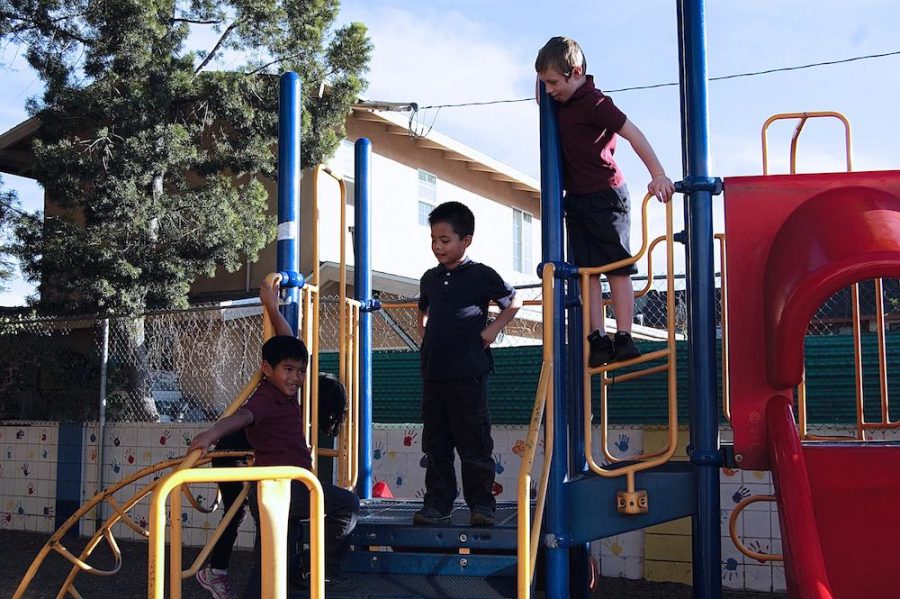(January 31, 2013) — Living in fairly-liberal California, I see the idea of being paddled by a school administrator as a form of punishment as unimaginable. However, such archaic punishments are still a harsh reality for students living in the 19 states that permit corporal punishment in schools. Although the prevalence of corporal punishment has decreased in recent years, hundreds of thousands of US students still face paddlings from administrators as a punishment. According to the Center for Effective Discipline, 223,190 US students were subjected to corporal punishment in the 2005-2006 school year. Mississippi led, with 7.5% of the students punished being paddled. While some may see corporal punishment as traditional and effective, the fact is that corporal punishment is harmful. One of the most unnerving aspects of corporal punishments is its abuse of power. School administrators are supposed to be people that students can respect and rely on for support and leadership. If these same people are giving out paddlings as punishment, one can expect to find a more fearful, untrustworthy school environment. Through corporal punishment, administrators assert dominance in a barbaric fashion as opposed to acting as role models. For me, the idea of getting a detention or ATS is scary enough. I can’t imagine what it’s like to be worried about getting “paddled.” Additionally, some school districts in these states offer parents to “opt out” of corporal punishment, but the alternative is almost always a suspension from school. What I fail to understand is if a student misbehaved as to merit a school suspension, then why put the student through such a cruel ultimatum? In other words, if the student deserves a suspension, then how would a beating amend his/her transgressions? The Center for Effective Discipline also found that corporal punishment was often disproportionately used on minority students such as African-Americans (who were corporally punished twice as much as white students), as well as children with disabilities. I am disgusted to learn that corporal punishment is not only used to instill fear, but also to seemingly further a discriminatory agenda. Not only does corporal punishment cause pain, but it is also highly ineffective. A study from The National School Safety Center’s Report on School Associated Violent Deaths (1992-2007) showed that student shootings were more likely to occur in states where school corporal punishment is permitted. Corporal punishment is also correlated with violence, lower test scores and lower graduation rates. Furthermore, eight of the top ten paddling states are in the top ten states with the highest incarceration rates. As it turns out, fighting “violence with violence” doesn’t solve the problem; it just aggravates it. Unfortunately, in 1977 Supreme Court case Ingraham v Wright, the 8th Amendment calling for “no cruel and unusual punishment” does not extend to students as it does to criminals (although it seems pretty “cruel and unusual” to me). When will legislators begin to recognize students’ rights of security and outlaw this atrocious form of punishment? Until there is a federal ban on corporal punishment in US schools, students in those 19 states not only have to worry about physical violence from their bully peers, but also from bully administrators stuck with a 19th century mindset.
Categories:
How is corporal punishment still legal?
February 1, 2013
More to Discover








